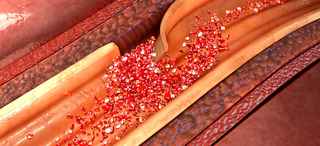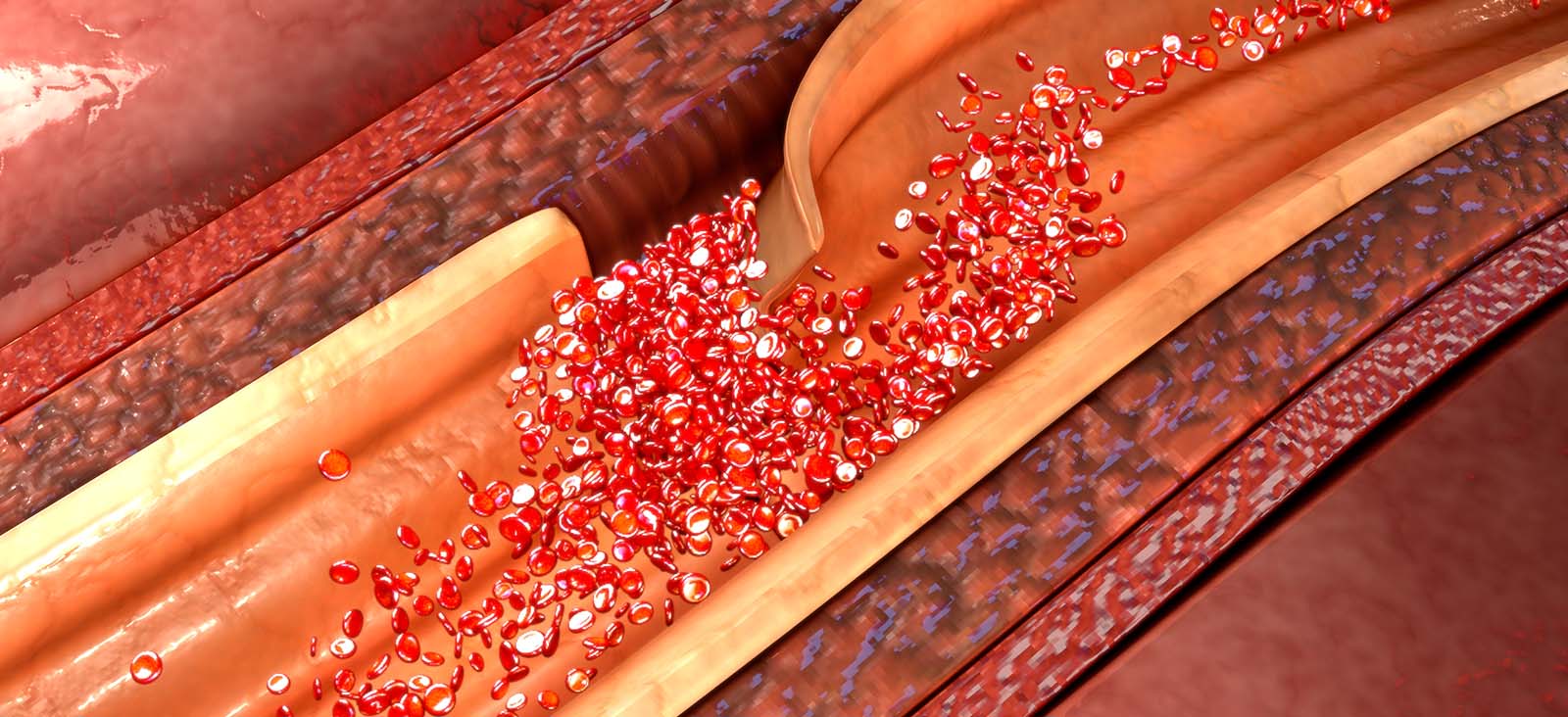Aortic dissections can occur in different sections of the aorta and be either acute or chronic. The condition also can cause a widening (aneurysm) of the aorta.
UT Southwestern is a recognized leader in evaluating, diagnosing, and treating aortic dissection. Our team developed the fenestrated (branched) endograft, a procedure that facilitates blood flow to the blood vessels that branch off the aorta. UT Southwestern is one of only a handful of U.S. centers offering and researching this state-of-the-art technique.
We’re home to a hybrid operating room equipped with angiographic imaging equipment that provides real-time visualization of blood vessels. This technology enables doctors to view the patient’s anatomy and determine in real time the most appropriate treatment.
UT Southwestern also offers a dedicated Cardiac Rehabilitation Program. Cardiac rehabilitation is a critical component of recovery and can prevent future heart disease.
Causes and Symptoms
Causes of aortic dissection include:
- Atherosclerosis: Hardening of the arteries, also known as arteriosclerosis
- Congenital heart diseases: Defects that begin during fetal development
- Ehlers-Danlos syndrome: An inherited disorder marked by loose joints, easily bruised skin, and easily damaged blood vessels
- High blood pressure (hypertension): A condition that makes the heart work harder to pump blood through the body and can cause the heart to fail if not treated
- Marfan syndrome: The most common inherited disorder of the connective tissue
- Medical procedures: Problems that develop following insertion of a catheter or during surgery
- Trauma: Severe injuries, such as a puncture or laceration during an automobile or industrial accident or a gunshot wound
Symptoms of aortic dissection can include:
- Severe, often sudden pain in the chest (angina), shoulders, back, abdomen, arms, neck, hips, or legs
- Stroke-like symptoms
- Difficulty swallowing
- Sweating
- Anxiety
- Decreased sensation
- Nausea
- Pale skin (pallor)
- Rapid heart rate (tachycardia)
- Shortness of breath (dyspnea)
Diagnosis
UT Southwestern’s care team uses several tests to determine the problem. Common diagnostic tests include:
- Computed tomography angiography (CTA): Shows detailed images of the aorta and other arteries
- Blood pressure measurement: Detects low blood pressure
- Chest X-ray or ultrasound: Shows aortic abnormalities
- CT scan with contrast dye: Provides detailed views of aortic abnormalities
- Stethoscope: Detects issues such as aortic murmurs and weak pulses at extremities
Treatments
Depending on the severity of the problem, aortic dissections can be treated in a number of ways, such as:
- Aortic valve replacement, if necessary
- Surgery to replace the damaged aorta with a graft
- A hybrid approach that combines endovascular and traditional open surgical techniques
- Fenestrated or branched endograft, a procedure that allows blood to flow to blood vessels that branch off the aorta
- Beta blockers, a class of drugs used to treat certain heart conditions
- Anti-hypertensive medications to lower blood pressure
- Pain-relief medications
Clinical Trials
Eligible patients have opportunities to participate in clinical trials of the most promising new treatments for heart disease.
As one of the nation’s top academic medical centers, UT Southwestern offers a number of clinical trials aimed at improving the outcomes of patients with a variety of cardiovascular conditions.
Clinical trials often give patients access to leading-edge treatments that are not yet widely available. Eligible patients who choose to participate in one of UT Southwestern’s clinical trials can receive treatments years before they are available to the public.





